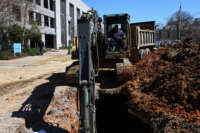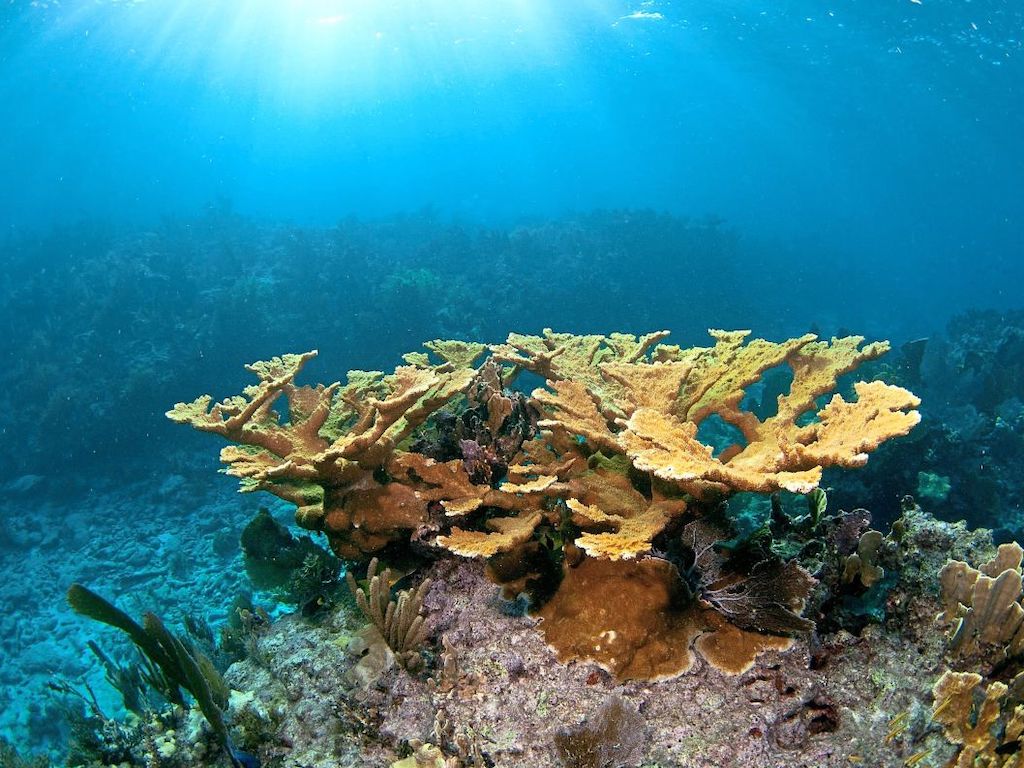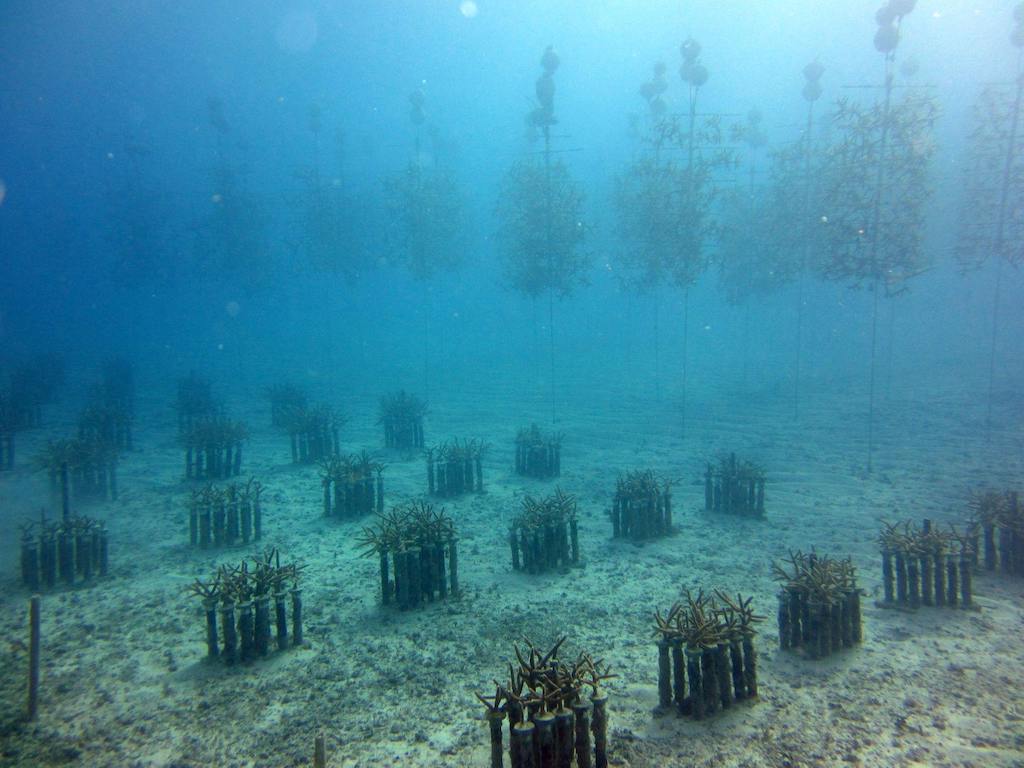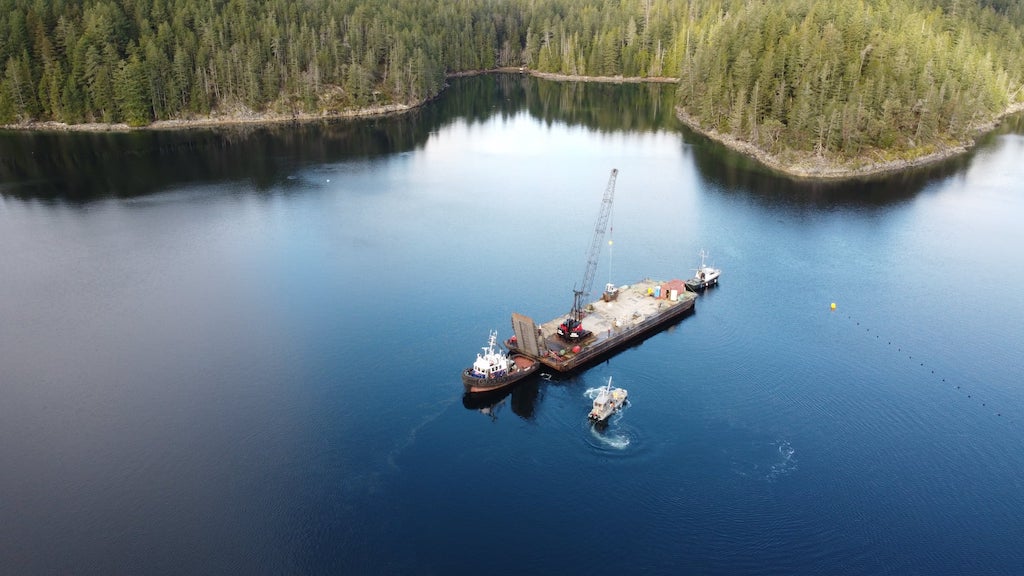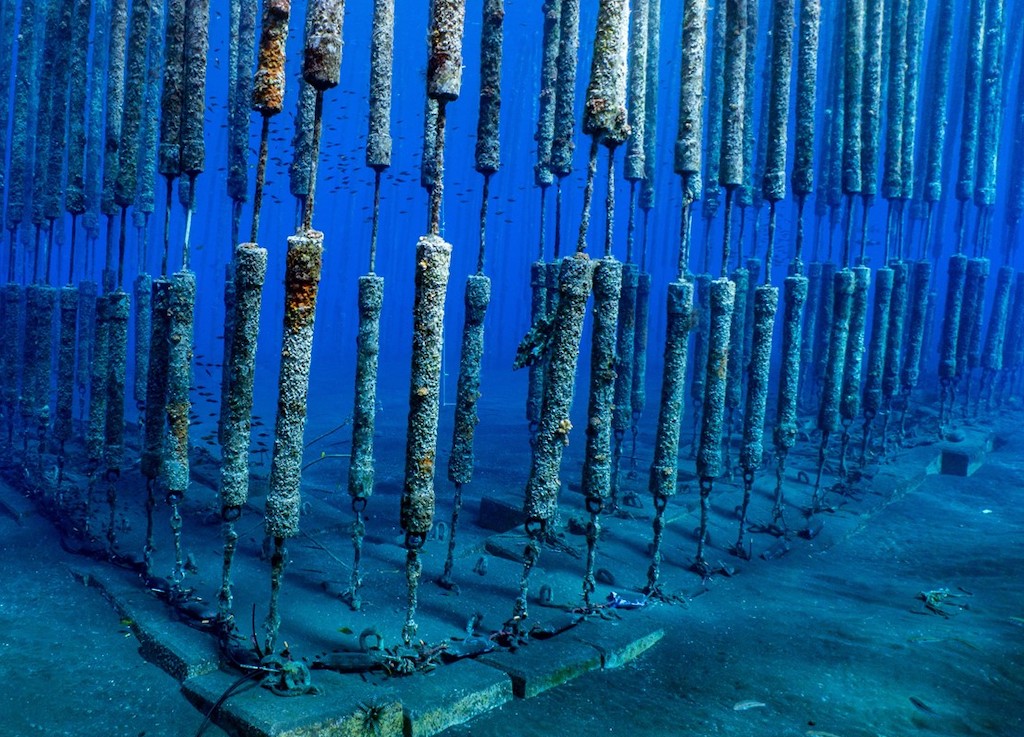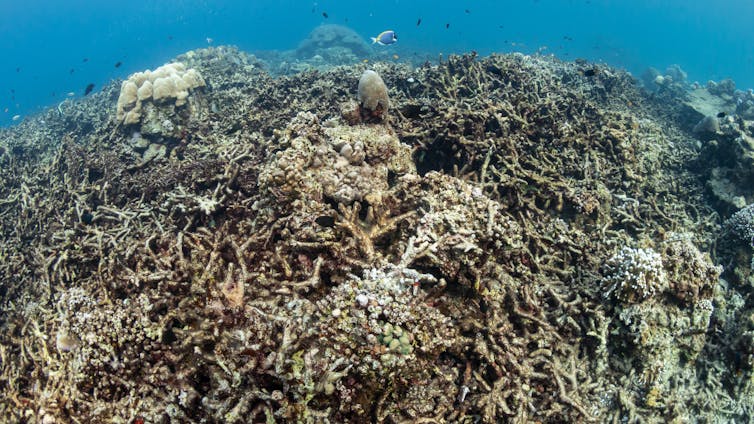
When it comes to climate change, state governments across the United States have been way ahead of the federal government in providing leadership toward reducing carbon pollution and building a clean energy economy. For example, when Trump announced in 2017 his intention to withdraw the U.S. from the Paris Agreement, the governors of California, Washington and New York pledged to support the international agreement, and by 2019, more than 20 other states ended up joining this alliance to combat global warming.
Robert Pollin, distinguished professor of Economics and co-director of the Political Economy Research Institute at the University of Massachusetts at Amherst, has been a driving force behind several U.S. states’ efforts to curb carbon emissions and make a transition to a green economy. In this exclusive Truthout interview, Pollin talks about how states can take crucial, proactive steps to build a clean energy future.
C.J. Polychroniou: Bob, you are the lead author of commissioned studies, produced with some of your colleagues at the Political Economy Research Institute of the University of Massachusetts at Amherst, to fight climate change for scores of U.S. states, including Pennsylvania, Ohio, West Virginia, Maine, Colorado, Washington, New York and California. The purpose of those studies is to show the way for states to attain critical reductions in carbon emissions while also embarking on a path of economy recovery and a just transition toward an environmentally sustainable environment. In general terms, how is this to be done, and is there a common strategy that all states can follow?
Robert Pollin: The basic framework that we have developed is the same for all states. For all states, we develop a path through which the state can reduce its carbon dioxide (CO2) emissions by roughly half as of 2030 and to transform into a zero emissions economy by 2050. These are the emissions reduction targets set out by the Intergovernmental Panel on Climate Change (the IPCC) that are meant to apply to the entire global economy. The IPCC — which is a UN agency that serves as a clearinghouse for climate change research — has concluded that these CO2 emissions reduction targets have to be met in order for we, the human race, to have a reasonable chance to stabilize the global average temperature at no more than 1.5 degrees Celsius above the preindustrial level, [the level of] about the year 1800.
The IPCC has concluded that stabilizing the global average temperature at no more than 1.5 degrees Celsius above preindustrial levels provides the only realistic chance for avoiding the most severe destructive impacts of climate change in terms of heat extremes, heavy precipitation, droughts, floods, sea level rise, biodiversity losses, and the corresponding impacts on health, livelihoods, food security, water supply and human security. Given that these emissions reduction targets must be met on a global scale, it follows that they also must be met in every state of the United States, with no exceptions, just like they must be met in every other country or region of the world with no exceptions.
By far the most important source of CO2 emissions entering the atmosphere is fossil fuel consumption — i.e., burning oil, coal and natural gas to produce energy. As such, the program we develop in all of the U.S. states centers on the state’s economy phasing out its entire fossil fuel industry — i.e., anything to do with producing or consuming oil, coal or natural gas — at a rate that will enable the state to hit the two IPCC emissions reduction targets: the 50 percent reduction by 2030 and zero emissions within the state by 2050.
Of course, meeting these emissions reduction targets raises a massive question right away: How can you phase out fossil fuels and still enable people to heat, light and cool their homes and workplaces; for cars, buses, trains and planes to keep running; and for industrial machinery of all types to keep operating?
It turns out that, in its basics, the answer is simple and achievable, in all the states we have studied (and everywhere else for that matter): to build a whole new clean energy infrastructure that will supplant the existing fossil fuel dominant infrastructure in each state. So the next major feature of our approach is to develop investment programs to dramatically raise energy efficiency standards in buildings, transportation systems and industrial equipment, and equally dramatically expand the supply of clean renewable energy sources, i.e. primarily solar and wind energy, but also geothermal, small-scale hydro, as well as low-emissions bioenergy.
For all but one of the states we have studied, we estimate that the amount of clean energy investments that are needed amounts to between 1-3 percent of all state economic activity, i.e. the state’s GDP (Gross Domestic Product). That can be a lot of money — like $6.6 billion in Washington State (1.2 percent of projected average GDP between 2021-2030), $22.6 billion in Pennsylvania (2.5 percent of projected average GDP between 2021-2030) and $76 billion in California (2.1 percent of projected average GDP between 2021-2030). But still, these spending levels, amounting to 1-3 percent of GDP, do still mean that something like 97-99 percent of all the state’s economic activity can be devoted to everything else besides clean energy investments. West Virginia is the one outlier in the states we have studied so far. But even here, we estimate the investment program will need to be only somewhat higher, at 4.2 percent of the state’s projected average GDP for 2021-2030, equal to $3.6 billion per year.
A critical and totally straightforward result of these state-level investment programs is that they will create an abundance of jobs — something like, for example, 40,000 in Washington State, 150,000 in Pennsylvania, and 420,000 in California. This conclusion runs completely counter to the widespread, if not prevalent, view that any kind of climate stabilization program is going to be a jobs killer. This view, feasted on by Trump and many others of his ilk, is that you can, maybe, stabilize the climate, or you can increase job opportunities, but you can’t do both. Our research shows exactly the opposite: that you can indeed do both, through the same program of building a clean energy infrastructure in each state.
Estimating the number of jobs that get created in each state, the types of jobs, what the pay levels are for these jobs at present in each state, and how to improve job quality is a big part of what we focus on in these studies. Raising unionization rates in the range of growing clean energy sectors will be critical for improving wages and working conditions. These new job opportunities must also become much more open to women and people of color.
It is true that the workers and communities in each state that are right now dependent on the oil, coal and gas industries for their livelihoods will be facing major job losses and community dislocations. Recognizing this reality is exactly why the other major focus of our studies in each state is to develop a just transition program, for both the workers and communities that are now dependent on the fossil fuel industry. For the workers facing dislocation, the just transition programs that we develop in each state include pension guarantees and re-employment guarantees at pay levels at least equal to their previous fossil fuel jobs, along with retraining and relocation support as needed.
It turns out that the costs of even a generous program of this type are trivial as a share of the state’s overall economy. For Ohio, we estimate the full costs of the program at around one one-hundredths of one percent of the state’s GDP. In Pennsylvania, with a larger fossil fuel industry, the figure is higher, but still only to two one-hundredths of one percent of state GDP.
That’s the overall approach that we have applied to all of the states. Of course, there are also significant differences between the various states that we also have to take into account. For example, the economies of Ohio and Pennsylvania are similar in many ways. But there are big differences between the energy infrastructures in the two states, with Pennsylvania, unlike Ohio, being a major producer of natural gas through fracking technology, a major producer of nuclear energy, and a large-scale electricity exporter to other states. We heard a lot about fracking in Pennsylvania during the 2020 presidential campaign, with even Biden insisting that he will not ban fracking in the state because of its negative impact on jobs. In fact, shutting down Pennsylvania’s fracking industry will end up costing the state an average of about 1,000 jobs per year. Meanwhile, building Pennsylvania’s clean energy infrastructure will generate about 160,000 jobs in the first year of the investment program, and that higher level of investments will continue at least until 2030.
The latest study is for West Virginia, once a thriving state and the top coal producer in the country, but now, according to a report by West Virginia’s University Bureau of Business and Economic Research, facing a dreary future as the coal industry has essentially collapsed and people are leaving the state. How would a clean energy investment program help to transform the West Virginia economy? More precisely, how many new jobs would be created, how much public money would be needed for the plan to be carried out, and how would the clean energy transition affect fossil fuel workers?
As I mentioned above, we estimate that to bring down West Virginia’s CO2 emissions by 50 percent as of 2030 will require about $3.6 billion per year in both public and private investments in energy efficiency and clean renewable energy, equal to about 4 percent of the state’s GDP. Those investments will produce about 25,000 jobs in the state, with that increased level of employment being sustained from 2021-2030. There will be new job opportunities for, among others, carpenters, car mechanics, material scientists, secretaries, accountants and truck drivers.
We also developed a plan to upgrade West Virginia’s economy base through additional investments in manufacturing, infrastructure, land restoration and agriculture. This will entail another $1.6 billion in investment spending within the state. It will generate an additional roughly 16,000 jobs in various industries including small-scale organic farming. We estimate that the combined investment program will generate about 41,000 new jobs, equal to about 5 percent of West Virginia’s current labor force. Meanwhile, we estimate that about 1,400 fossil fuel industry-based workers will be displaced per year. All of these workers in West Virginia will receive pension guarantees, re-employment guarantees at their current pay levels, as well as relocation and retraining support. Even in West Virginia, this program will cost less than two-tenths of one percent of West Virginia’s GDP.
How does West Virginia get the money to pay for all this? We estimate that the breakdown in spending in West Virginia would be about $2 billion per year in public funds and $3 billion in private funds, with the private funds being motivated by the incentives built into the state’s clean energy policies. That would include what are termed “renewable portfolio standards,” through which, for example, the state would require the privately owned utilities to cut their coal-burning to produce electricity by, say, 5 percent per year, or face heavy penalties. The $2 billion per year in total public funding would be less than what the state would receive under the Build Back Better infrastructure program that President Biden promoted during his presidential campaign (assuming West Virginia’s allocation of Build Back Better was only equal to its share of the U.S. population). So, the money should be there. This program should be seen as a huge opportunity to transform West Virginia’s economy.
What has been the reception of these studies so far by state officials and other interested parties?
The earlier studies that we did, for New York and Washington States in 2017 and Colorado in 2019, were well received, due to the important organizing work by the groups that had commissioned our studies in each state. These included the broad coalition called NY Renews in New York and the AFL-CIO leadership in Colorado. New York and Colorado now have climate stabilization programs in place that reflect a lot of what we developed in our studies. At the same time, especially in New York, the experience has been that many great-sounding climate programs have passed into law with major fanfare, but a whole lot less has been accomplished in practice. In some ways, having great policies on paper that are not implemented seriously in practice is worse than nothing because it distracts people from seeing that real accomplishments are lagging far behind the promises.
As with Colorado, our study for Washington State was also commissioned by the state’s AFL-CIO leadership. In fact, Washington’s mainstream labor leadership had done a tremendous job organizing a broad coalition throughout the state to support a ballot initiative that would have implemented most of the program we had developed. But in the last month leading up to the November 2018 election that included this ballot measure, the big oil companies mounted a $30 million propaganda campaign that succeeded in persuading a majority of Washington State’s voters to oppose the initiative.
The struggle in Washington State and elsewhere is ongoing. The reception to our more recent studies in Ohio, Pennsylvania and West Virginia has been positive so far. But we have a long way to go before we see good proposals being converted into truly transformative policies, not just on paper, but in real-life practice.
This post was originally published on Latest – Truthout.
